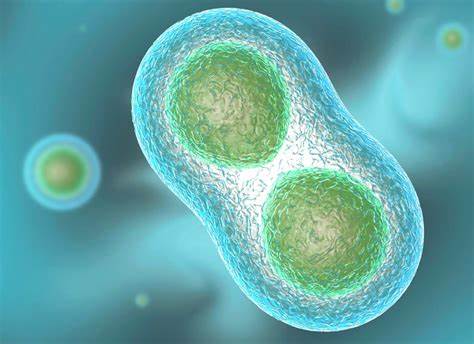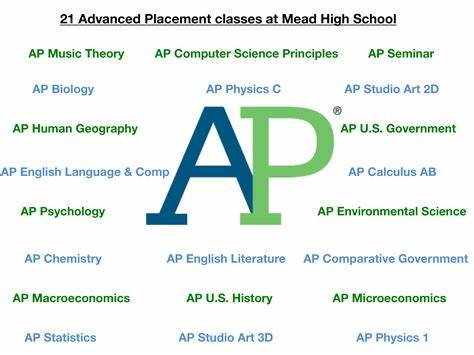Topic 1 IGCSE生物学习内容介绍,好不好拿分?
对于很多同学们来说,IGCSE生物可能是IGCSE中最简单的科目之一,通过定期复习和练习历年PASS PAPER,可以很轻松地搞定这一学科。教学大纲涵盖了种类分类、动物生理学、植物生理学和遗传学等广泛的主题,使其更加多样化和令人兴奋!从学生的书中学习规范,一个A*很容易哦!下面A+小编就为大家介绍topic 1 IGCSE生物学习内容。

IGCSE生物学习内容
考试本身分为p1和p2。两者都涵盖相同的主题集,但问题模式往往不同。对于生物学来说,p1的实验性更强,而p2的实验性更强,理论性更强。
某些问题会不时重复,建议记住标记方案点,以避免不必要的标记丢失。
长话短说,生物学很有趣,只要一点诚意和练习就可以掌握。
▎Subject Information.
以下为Topic 1的要点,供各位即将步入IGCSE生物学习的同学们参考:
Topic 1–Key concepts in biology(Topic 1 content is common to all the biology papers)
(Topic 1–Overarching concepts in biology)
(Edexcel 9-1 GCSE Biology 1,Paper 1,Topic 1"Key concepts in biology")
You should be able to....
◆Be able to explain how the sub-cellular structures of eukaryotic and prokaryotic cells are related to their functions,including:
animal cells-nucleus,cell membrane,mitochondria and ribosomes
plant cells-nucleus,cell membrane,cell wall,chloroplasts,mitochondria,vacuole and ribosomes
bacteria-chromosomal DNA,plasmid DNA,cell membrane,ribosomes and flagella.
Introduction to plant and animal cell structure and function gcse biology revision notes.
◆Be able to describe how specialised cells are adapted to their function,including:
sperm cells–acrosome,haploid nucleus,mitochondria and tail.
egg cells–nutrients in the cytoplasm,haploid nucleus and changes in the cell membrane after fertilisation.
ciliated epithelial cells.
Introduction to cell specialisation gcse biology revision notes.
◆Be able to explain how changes in microscope technology,including electron microscopy,have enabled us to see cell structures with more clarity and detail than in the past and increased our understanding of the role of sub-cellular structures.
Microscopy-the development and use of microscopes in biology gcse biology revision notes
◆Be able to demonstrate an understanding of number,size and scale,including the use of estimations and explain when they should be used
◆Be able to demonstrate an understanding of the relationship between quantitative units in relation to cells,including:
milli(10-3),micro(10-6),nano(10-9),pico(10-12)
(HT only)Do calculations with numbers written in standard form
◆Core Practical:You should have investigated biological specimens using microscopes,including magnification calculations and labelled scientific drawings from observations.
Microscopy-the development and use of microscopes in biology gcse biology revision notes
◆Be able to explain the mechanism of enzyme action including the active site and enzyme specificity
◆Be able to explain how enzymes can be denatured due to changes in the shape of the active site
◆Be able to explain the effects of temperature,substrate concentration and pH on enzyme activity.
◆Core Practical:You should have investigated the effect of pH on enzyme activity.
◆Be able to demonstrate an understanding of rate calculations for enzyme activity
◆Be able to explain the importance of enzymes as biological catalysts in the synthesis of carbohydrates,proteins and lipids and their breakdown into sugars,amino acids and fatty acids and glycerol.
ENZYMES-structure,function,optimum conditions,investigation experiments gcse biology revision notes
See also Enzymes and Biotechnology(gcse chemistry notes)
◆Investigating the use of chemical reagents to identify starch,reducing sugars,proteins and fats
◆Be able to explain how the energy contained in food can be measured using calorimetry
◆Be able to explain how substances are transported by diffusion,osmosis and active transport
Diffusion,osmosis and active transport gcse biology revision notes
◆Core practical:You should have investigated osmosis in potatoes
◆Be able to calculate percentage gain and loss of mass in osmosis
Diffusion,osmosis and active transport gcse biology revision notes
Practicals you may have encountered and should revise too:
Investigating the effect of different concentrations of digestive enzymes,using and evaluating models of the alimentary canal.
Investigating the effect of temperatures and concentration on enzyme activity.
ENZYMES-structure,function,optimum conditions,investigation experiments gcse biology revision notes
Investigating plant and animal cells with a light microscope.
Microscopy-the development and use of microscopes in biology gcse biology revision notes
Investigating the effect of concentration on rate of diffusion.
 喜欢 [0]
喜欢 [0] 最新文章 More

2020-03-02
雅思阅读提升必须要掌握的三类词汇盘点-
2022-03-30
-
2020-02-27
-
2021-01-16
-
A-Level汉语作为第三个获得UCL Offer的科目,可行性
2023-12-19
相关推荐

猜你喜欢 More

2021-01-14
国际课程选择,这些AP课程优势你了解吗?
2020-01-10
GCSE怎么得9分?该如何着手去学习
2020-04-28
AP课程优势这么多,究竟适合哪些学生?
2020-04-10
A加未来GCSE考试培训课程













 官方微信
官方微信

 官方微博
官方微博
